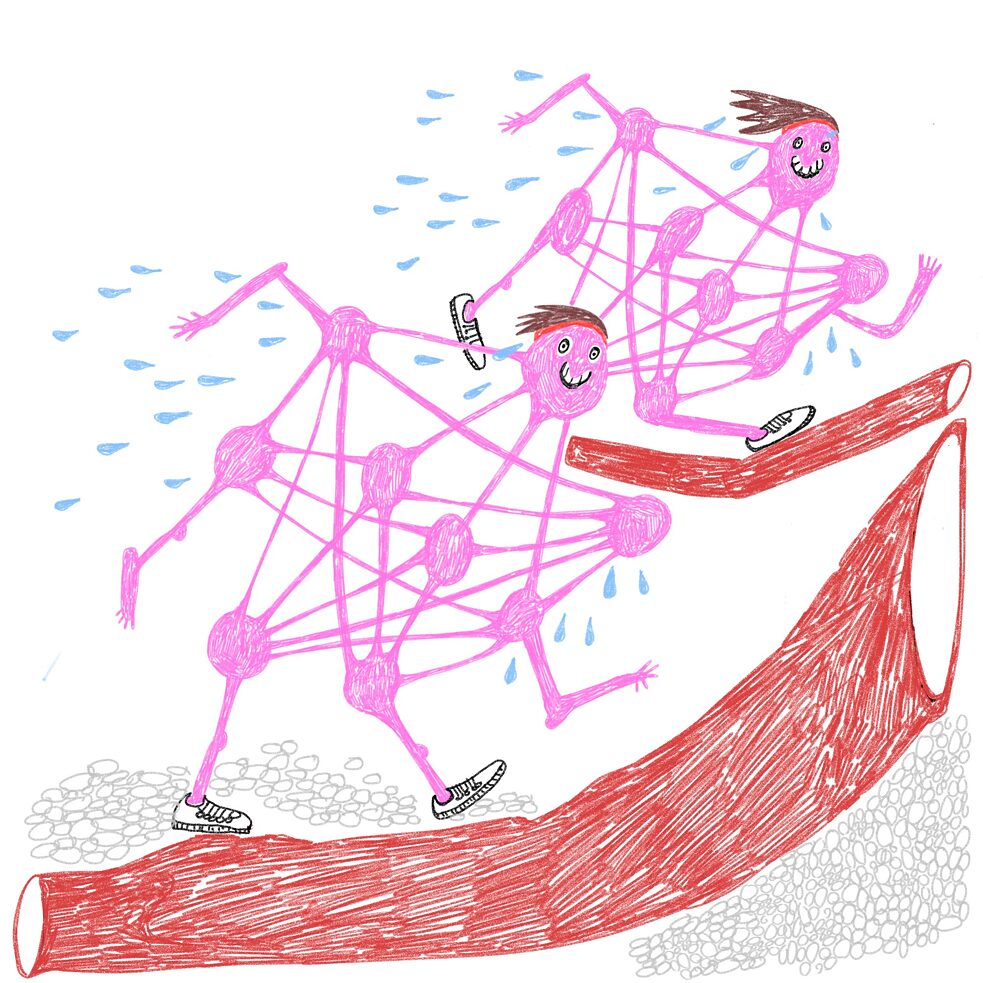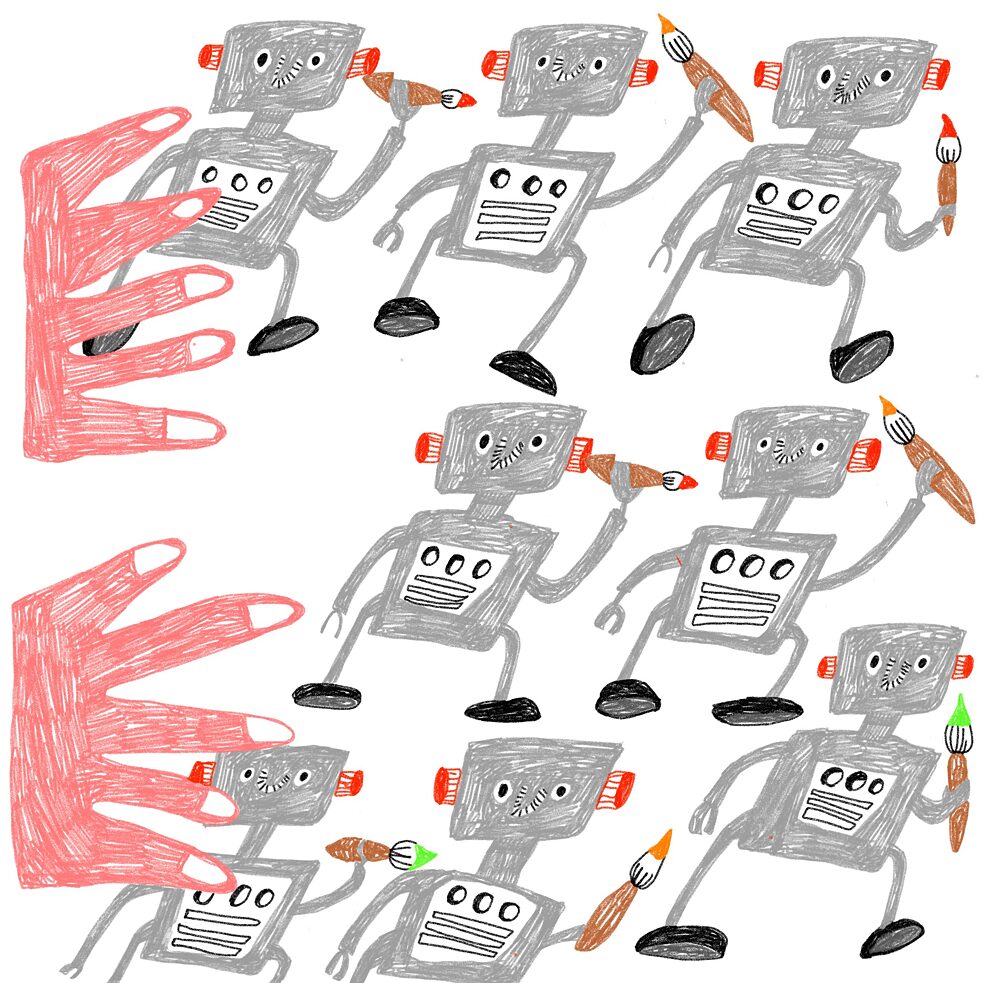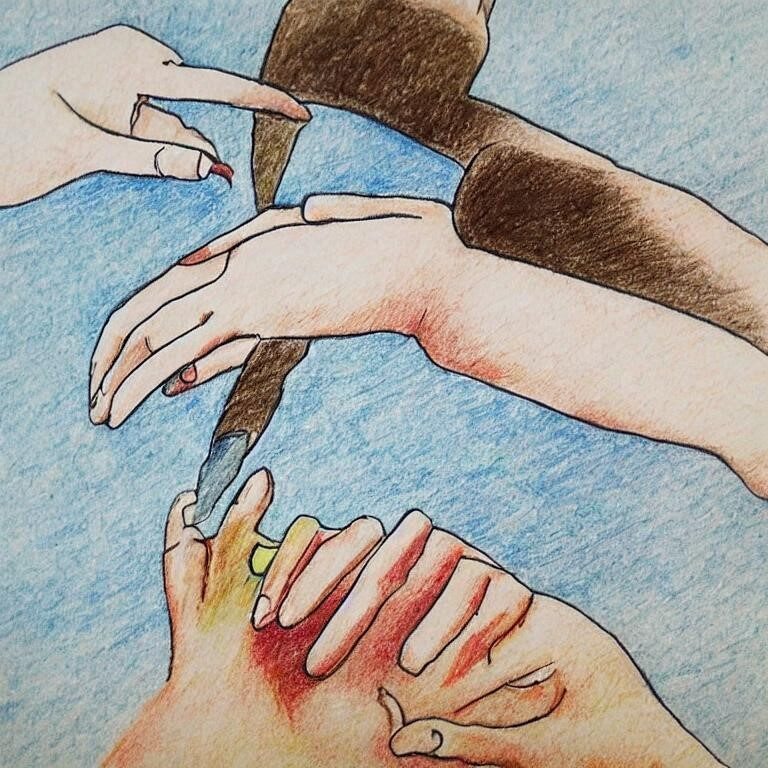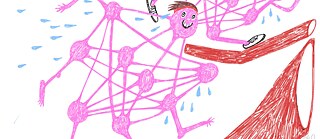Can computer programs and art still be friends? Susi Bumms gives three examples of that uneasy relationship nowadays – and doesn’t hesitate to use AI herself to picture it.
Artificial neural networks are running hot these days, as are the public debates about their use. What is the nature of the relationship between computer programs, whether “artificially intelligent” or not, and the production of art? Kiss, marry, kill? Love, amity, enmity? Artificial neural networks running hot | © Susi Bumms
Artists have been using computer programs as tools for some time now. Back in 1997 the Hamburg Kunsthalle held the world’s first Internet art contest. German net art pioneer Cornelia Sollfrank hacked the contest. She invented hundreds of female artist identities and, using a net.art generator, randomly recombined material from the web to produce net art works and attributed them to her make-believe artists. She then entered 127 works by the non-existent artists in the museum’s contest. The jury didn’t notice anything odd about them and even boasted in a press release about female artists accounting for two thirds of the 280 contestants. As it turned out, all the prizes went to male contestants, and Sollfrank came away empty-handed – but with far more of a buzz in the press!
Artificial neural networks running hot | © Susi Bumms
Artists have been using computer programs as tools for some time now. Back in 1997 the Hamburg Kunsthalle held the world’s first Internet art contest. German net art pioneer Cornelia Sollfrank hacked the contest. She invented hundreds of female artist identities and, using a net.art generator, randomly recombined material from the web to produce net art works and attributed them to her make-believe artists. She then entered 127 works by the non-existent artists in the museum’s contest. The jury didn’t notice anything odd about them and even boasted in a press release about female artists accounting for two thirds of the 280 contestants. As it turned out, all the prizes went to male contestants, and Sollfrank came away empty-handed – but with far more of a buzz in the press!Some artworks are now produced by means of “intelligent”, i.e. self-learning, programs. In 2016, French-American artist Sarah Meyohas hired sixteen workers to photograph a hundred thousand individual rose petals for a work called “Cloud of Petals”. The resulting dataset was fed into a self-learning program that generates new, unique petals. The process is documented in an artistic video that gives you the feeling of watching the AI program at work.
More new rose petals forever!
 Off they go | © Susi Bumms
The artificial intelligence behind Stable Diffusion, a model capable of generating images based on text descriptions, was trained on 2.3 billion captioned paintings, drawings and photographs found on the web. Computer scientists Simon Willison and Andy Baio managed to fish out a tiny subset (roughly 12 million) of those images from the platforms Smugmug, Blogspot, Flickr, DeviantArt, Wikimedia and Tumblr and put them on a data browser, where artists can now track whether their images were used to train SD without their permission.
Off they go | © Susi Bumms
The artificial intelligence behind Stable Diffusion, a model capable of generating images based on text descriptions, was trained on 2.3 billion captioned paintings, drawings and photographs found on the web. Computer scientists Simon Willison and Andy Baio managed to fish out a tiny subset (roughly 12 million) of those images from the platforms Smugmug, Blogspot, Flickr, DeviantArt, Wikimedia and Tumblr and put them on a data browser, where artists can now track whether their images were used to train SD without their permission.Stability AI, the startup behind Stabile Diffusion, is now being sued for damages: earlier this year, three American women artists filed a class-action lawsuit for copyright infringement.
Having to let AI use your pictures free of charge and run the risk of losing your job to a machine? No, this isn’t exactly love or uncomplicated friendship anymore. But it’s not quite all-out enmity either.
How might this uneasy new relationship be summed up in a picture? I’ll leave it to OpenArt AI to draw it for me:
Prompts: No Friendship but no strangers, drawing
 Prompts: No Friendship but no strangers, drawing
Prompts: No Friendship but no strangers, drawing
“Frankly...“
On an alternating basis each week, our “Frankly ...” column series is written by Susi Bumms, Maximilian Buddenbohm, and Sineb El Masrar and Marie Leão. In the “Frankly…visual” column, Susi Bumms observes pop culture and politics, commenting on what she sees through cartoons and pictures..
May 2023
